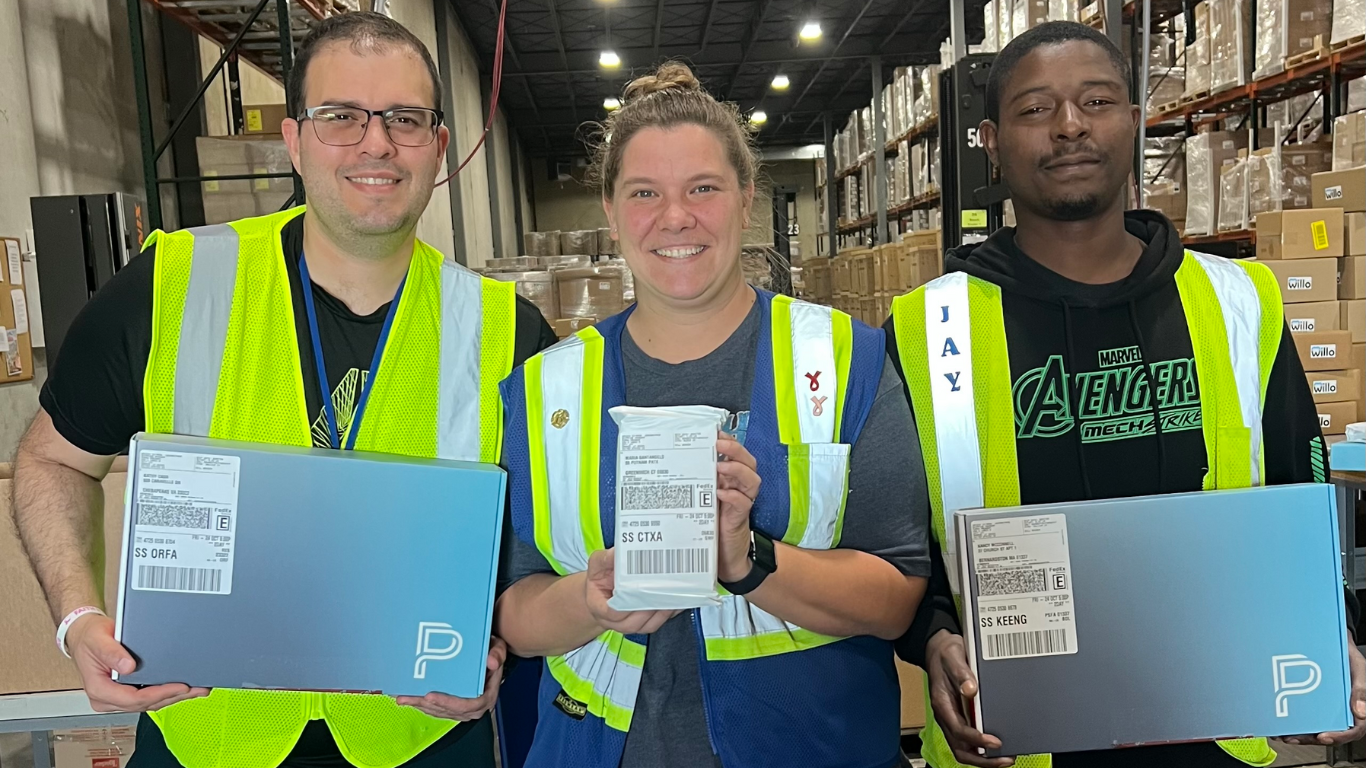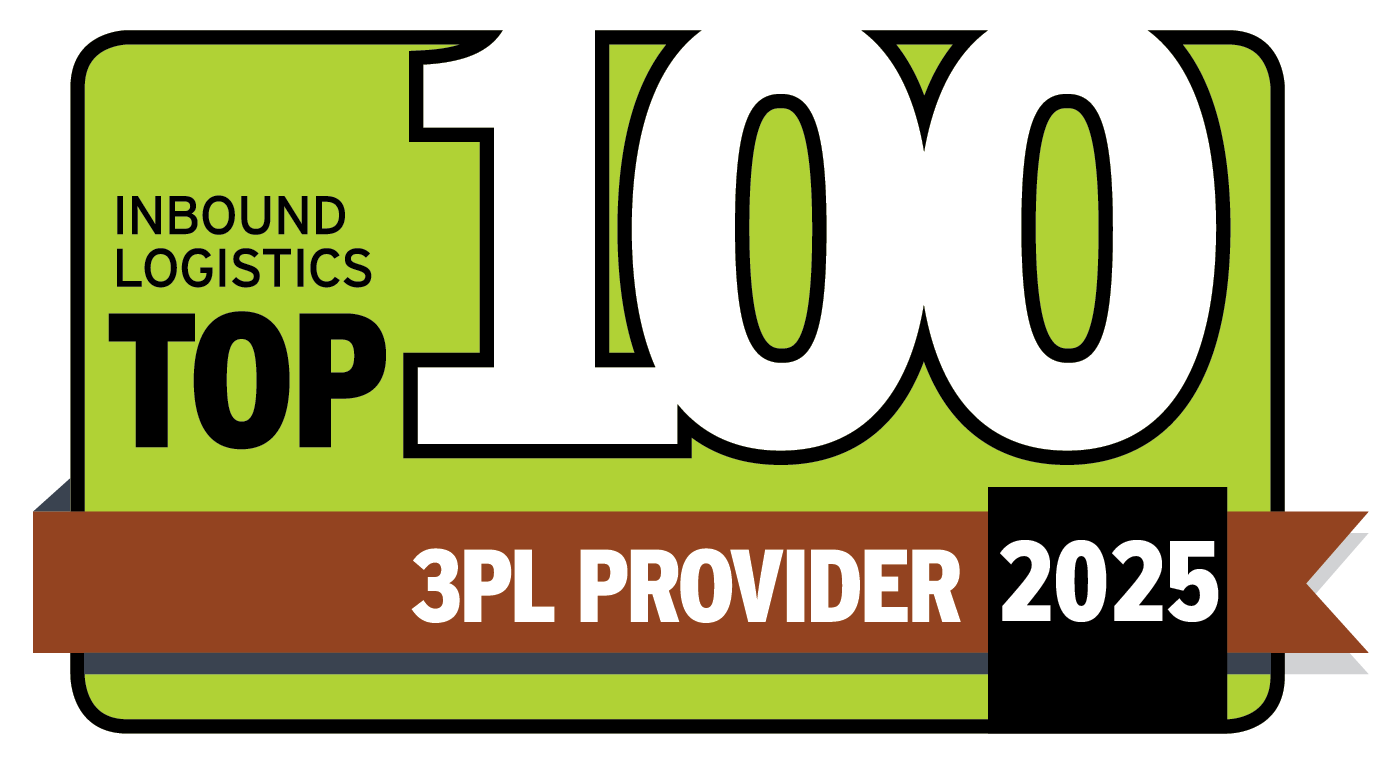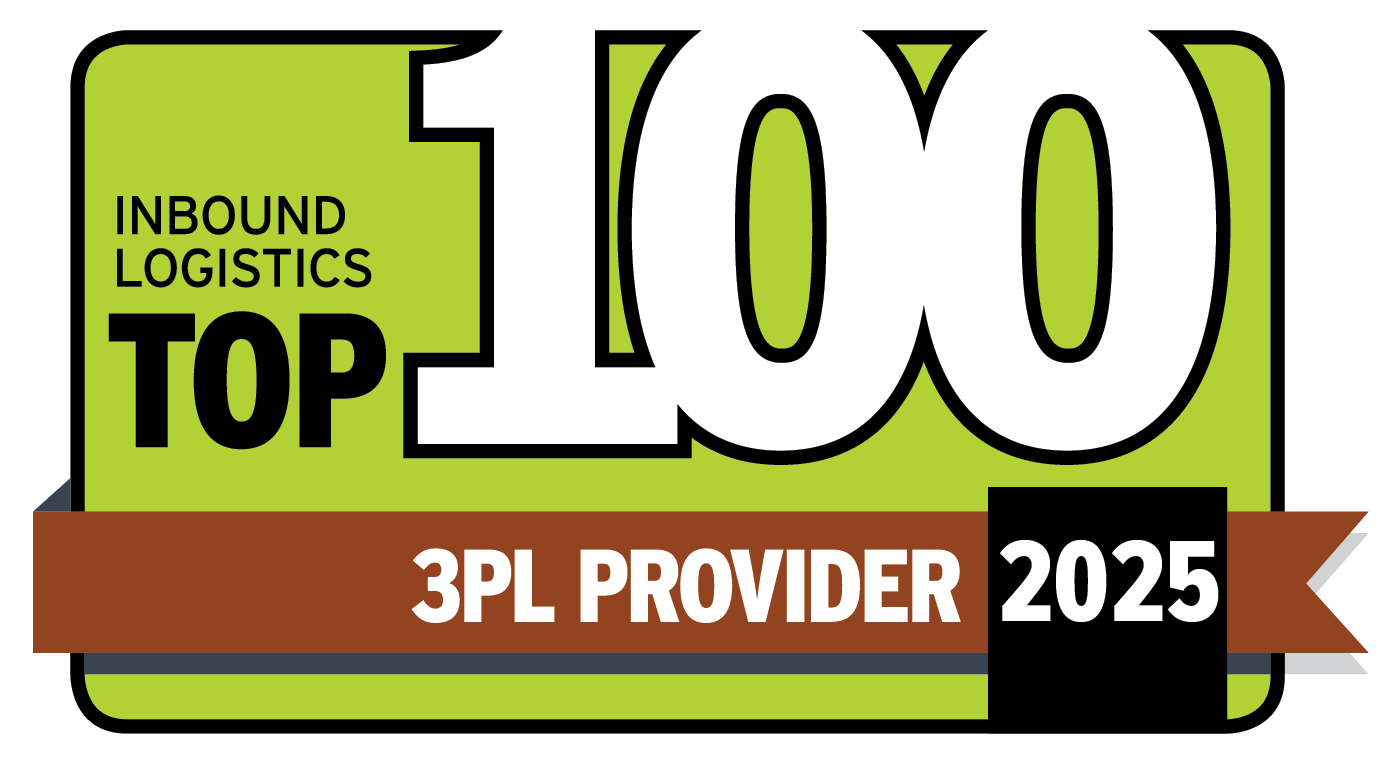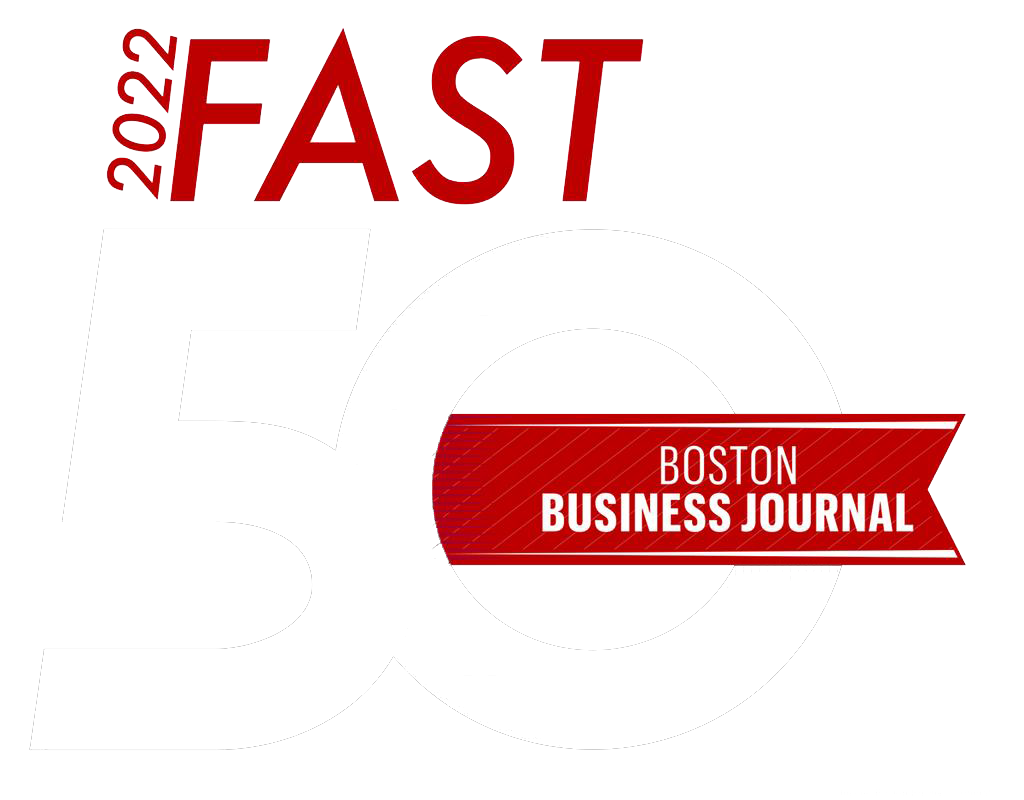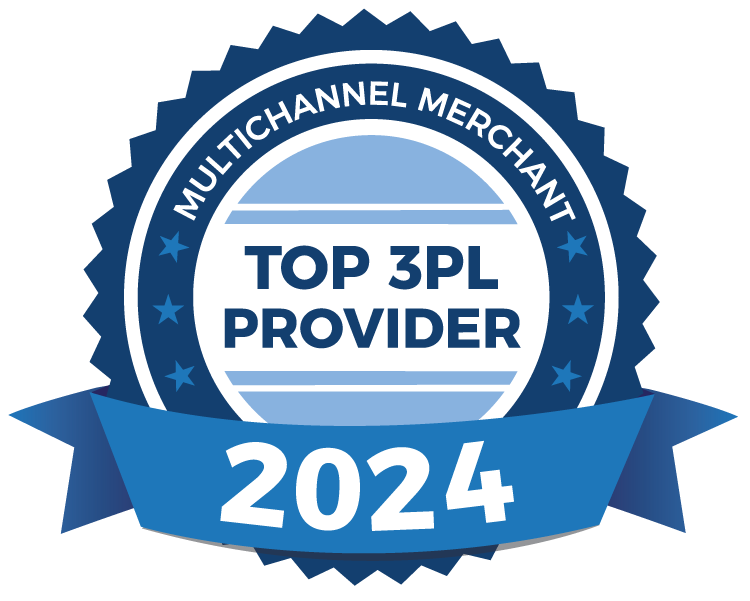5 Advantages of Leveraging Automation with a 3PL
Why Automation is Reshaping 3PL Fulfillment
According to the Harvard Business Review, companies prioritizing automation see gains in accuracy, speed and employee satisfaction. A recent survey found that 90% of employees reported higher job satisfaction after adopting automation tools.
With industrial robotics and automation becoming standard in logistics, experts project the global logistics automation market will exceed $120 billion by 2027. For brands navigating fulfillment challenges, understanding warehouse automation and its role in third-party logistics (3PL) is key to staying ahead. Here’s what you need to know.
How Does Automation Enhance Fulfillment?
The way automation functions varies based on the technology used and the unique requirements of a warehouse or fulfillment operation. From barcode scanners and RFID sensors tracking inventory movement to fully integrated robotic systems, automation streamlines key processes that keep supply chains running efficiently.
Businesses looking to optimize fulfillment can partner with a third-party logistics (3PL) provider to take advantage of advanced automation without the burden of managing it in-house. A 3PL can integrate automation into critical logistics functions, including:
- Inventory tracking and management
- Material sourcing
- Order picking and packing
- Product updates and restocking
- Returns handling
- Real-time shipment tracking
- Receiving and outbound shipping
- Transportation coordination
- Warehousing operations
By leveraging automation, 3PLs help businesses achieve fast, accurate order fulfillment while reducing manual intervention. These scalable, adaptable solutions allow teams to shift their focus to high-value priorities like enhancing the customer experience and driving business growth.
5 Advantages of Leveraging Automation with a 3PL
Instead of tackling robotics and automation on your own, outsourcing fulfillment to a 3PL can provide strategic benefits, including:
1. Expertise and Guidance
A seasoned 3PL partner brings deep industry knowledge, helping businesses navigate fulfillment technology. They assess the best automation tools for your unique products, processes and goals—ensuring cost-effective solutions. Beyond selection, they oversee implementation, optimization and troubleshooting so your operations run smoothly.
2. Faster Deployment and Greater Flexibility
With an established automation infrastructure, a 3PL allows you to scale quickly. There’s no waiting for installations, testing, or staff training. Since 3PLs serve multiple clients, they often provide access to sophisticated technology that may be too costly for a single company to implement independently.
3. Advanced System Integration
A strong warehouse management system (WMS) or warehouse execution system (WES) is critical for maximizing automation. 3PLs invest in these systems, ensuring integration between robotics, inventory management and order fulfillment—allowing for a more efficient operation.
4. Scalable Solutions for Business Growth
Order volumes fluctuate, and a 3PL can dynamically adjust resources to match your needs. Whether deploying a few autonomous robots during peak seasons or expanding to a year-round automated system, a 3PL offers scalable solutions that evolve with your business. This adaptability also helps brands respond quickly to market shifts and customer expectations.
5. Continuous Innovation Without the Costly Upgrades
Keeping pace with technological advancements can be expensive. Partnering with a 3PL ensures that your fulfillment operations stay at the forefront of automation without requiring continuous reinvestment. From AI-driven optimizations to machine learning enhancements, a 3PL provides ongoing improvements that enhance efficiency and customer satisfaction. Additionally, access to data and analytics helps refine strategies, optimize workflows and identify new growth opportunities.
The Competitive Edge of a 3PL Partnership
At 91¶¶Òõ, we help brands optimize fulfillment with cutting-edge automation solutions, technology system integration and expert-driven logistics strategies. Whether you want to streamline inventory management, improve order accuracy, or scale operations, our team is here to help.
Ready to see how automation can transform your fulfillment strategy? Contact us today for a complimentary supply chain consultation.
Recent Blog Posts

